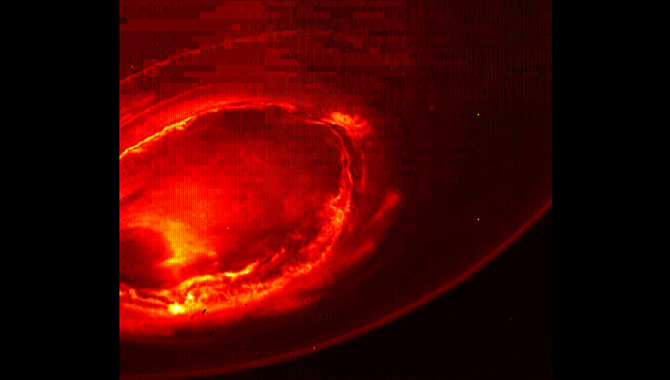
Despite facing challenges, the Juno mission has already returned unprecedented science data revealing new information about Jupiter.

Despite facing challenges, the Juno mission has already returned unprecedented science data revealing new information about Jupiter.

A mission that nearly ended prematurely continues to reveal novel insight into distant star systems as well as our own solar system.
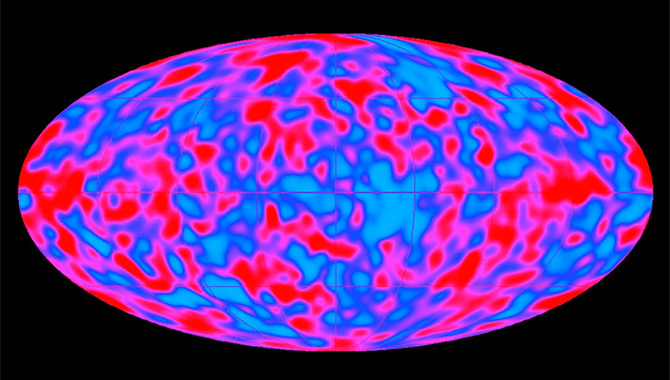
A decade ago, Dr. John C. Mather became the first NASA civil servant to receive the Nobel Prize for Physics in recognition of his work on cosmic microwave background radiation (CMB).
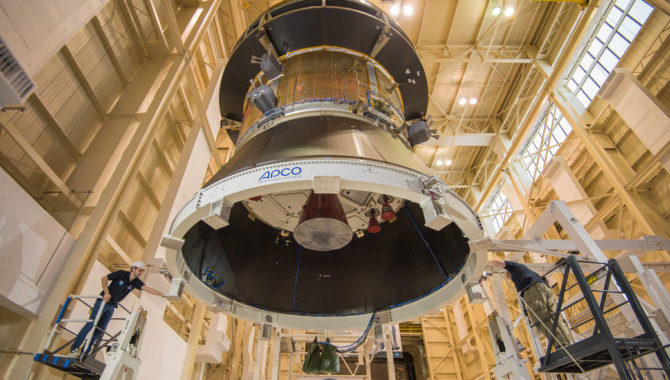
A recent Government Accountability Office (GAO) report assessed the progress and challenges facing the development of NASA’s Orion spacecraft.

Images suggesting the presence of icy plumes erupting from the surface of Europa offer hope that it may be easier than expected to search for signs of life on Jupiter’s moon.
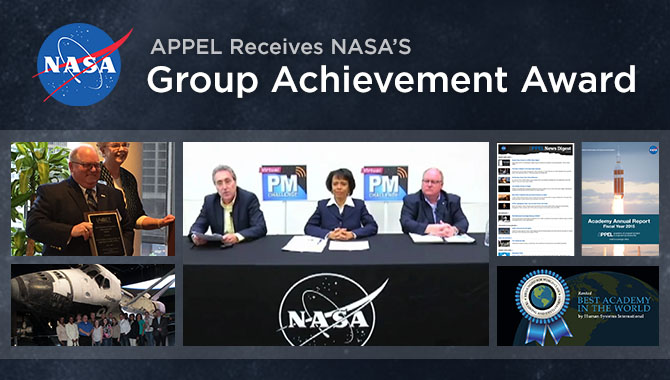
Every day, the APPEL team strives to support mission success at NASA by promoting learning for the technical workforce. Recently, the agency recognized the team for their efforts.
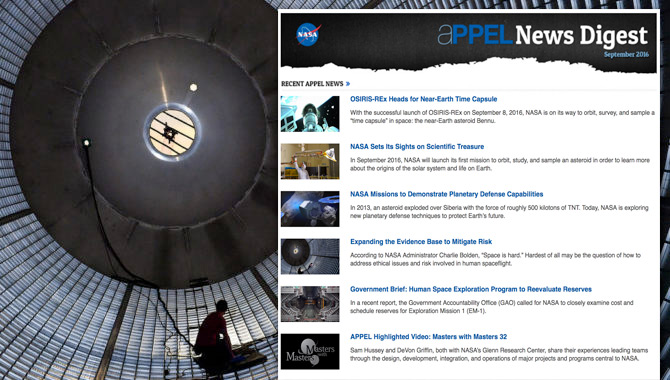
A new edition of the APPEL News Digest has been released. We invite you to read it today on our website.
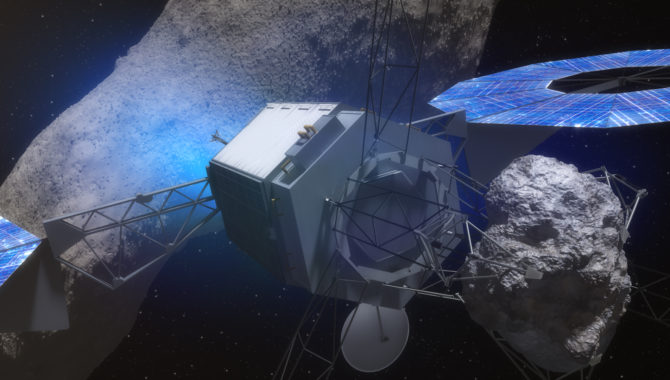
In 2013, an asteroid exploded over Siberia with the force of roughly 500 kilotons of TNT. Today, NASA is exploring new planetary defense techniques to protect Earth’s future.
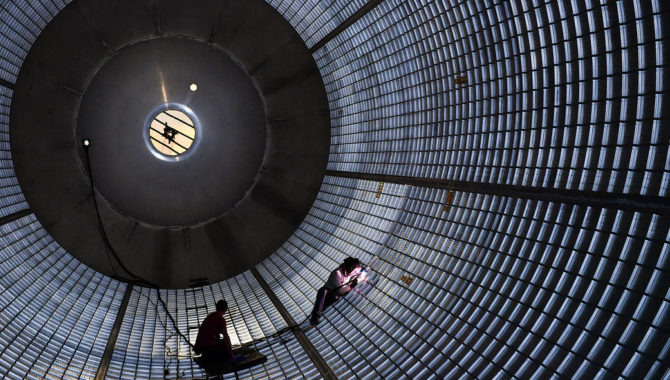
According to NASA Administrator Charlie Bolden, “Space is hard.” Hardest of all may be the question of how to address ethical issues and risk involved in human spaceflight.